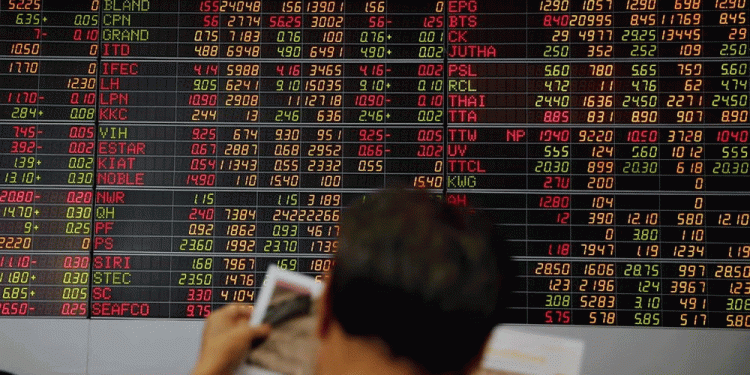The synthetic rubber industry isn’t hurting today for the vital feedstock butadiene. Tomorrow might be another story.
With so many expansions of butadiene-based synthetic rubbers in the works or being planned, a worry exists that butadiene supplies will run short. Roxanne B. Petrovic, who runs the statistical program for the International Institute of Synthetic Rubber Producers, said as much in a speech earlier this year to the group’s members.
Petrovic warned that while some butadiene capacity is being added in the Asia-Pacific region and Europe, the institute is concerned it won’t keep up with demand for the many capacity expansions in the works for solution SBR and polybutadiene.
Another rubber industry executive who weighed in on the situation said balance between butadiene supply and demand only happens for short periods, anyway. Right now, because SR demand is weak, butadiene is available and at a reasonable price.
That’s how Bill Hyde, senior director of olefins and elastomers at chemical consulting firm IHS Inc., sees it, too.
“Right now, feedstocks are pretty long. We’ve got synthetic rubber operating rates pretty low, so demand for butadiene hasn’t grown as fast as anticipated,” he said. “The markets actually are balanced too long for butadiene. And there’s plenty of styrene production around.”
He agrees the future may be a problem for feedstock supply.
“The complication will come when demand growth comes back. When we start to see synthetic rubber demand start to pick up, it will tighten up the butadiene market, and prices will go up,” he said.
Hyde said China and the other Asia-Pacific nations are the largest feedstock customers. In China, additional supply of butadiene is on hold at the moment.
“In China there is a fair amount of unconventional butadiene capacity waiting to come online,” he said. “There are several on-purpose butadiene production units in China that are mechanically complete, but they are not running because the market price is too low to justify operating those things.”
The analyst said when demand starts to pick up, “we’ll see pricing increase and those units will become economically viable, so there will be additional supply.”
– rubbernews.com



























